By Michael Haskew
While the Battle of Waterloo is remembered as one of the most pivotal in history and its date of June 18, 1815, is well known, the actual hour it began is strangely uncertain. Some sources, including the Duke of Wellington, noted that Napoleon Bonaparte ordered the assault on the chateau and farmstead of Hougoumont on the Allied right flank at about 10 AM. Others assert that the fighting began at 11:30 AM, and still others that it was nearer to noon.
Napoleon sent elements of the 6th Infantry Division, commanded by his brother Jerome Bonaparte, to attack Hougoumont to create a diversion and to goad Wellington into transferring troops from his center to bolster the garrison at the farmstead. Hougoumont and a narrow lane running northward from it were initially defended by four light companies of Wellington’s Guards Brigade along with troops of the Hanoverian Brigade, soldiers from German states in service to the British crown. Lieutenant Colonel James Macdonnell of the Coldstream Guards assumed overall command.
Defending “To the Last Extremity”
Wellington instructed Macdonnell to “defend the post to the last extremity,” and the determined Allied resistance eventually drew the entire 6th Division into the fight along with most of Marshal Honoré Charles Reille’s II Corps and a contingent of French cavalrymen, who slashed at the defenders that were somewhat exposed outside the walls of the farmstead. Thus, it was Napoleon who eventually committed nearly 14,000 troops to the action at Hougoumont while about 3,500 of Wellington’s were involved.
The initial French attack was thrown back with heavy losses, but ensuing thrusts against Hougoumont from more than one direction made some progress. During one of the assaults, a French lieutenant wielded an axe and breached the north gate. Approximately 30 French soldiers rushed into the courtyard of Hougoumont, and a wild melee ensued. Macdonnell and other British officers managed to close the gate, trapping the unfortunate Frenchmen, who were slaughtered. Only the life a young French drummer boy was spared. As the defenders of Hougoumont began to run low on ammunition, a fearless wagon driver braved a hail of fire to bring supplies to the garrison.
Wellington watched the desperate attacks, which also reached the western side of the Chateau itself. At various times he brought up an additional battalion of the Coldstream Guards, another British brigade, one brigade of the King’s German Legion, and two brigades of Hanoverian troops. However, he never weakened other portions of his defensive line while bolstering Hougoumont.
The Closing of the Gates
Throughout the afternoon, French infantry continued to assault those Allied troops defending the farmstead, the surrounding grounds, and the country lane. The British soldiers defending the garden wall knocked loopholes in the brick and fired through them at the onrushing French. Napoleon observed the action at Hougoumont for a while and sometime during the afternoon ordered his artillery to directly shell the chateau to set it on fire. As a result, the building burned to the ground while other structures were also destroyed. Only the chapel survived.
Despite the best efforts of the French troops, Hougoumont remained in Allied hands after nine hours of virtually continuous fighting. As the contest wore on, Napoleon shifted his attention to his main thrust against Wellington’s center. The “diversion” at Hougoumont had accomplished little, and more than 7,500 French soldiers were killed or wounded in the fighting. If Hougoumont had fallen, the right flank of the Allied army would have been in great peril. After his victory at Waterloo, Wellington commented, “The success of the battle turned on the closing of the gates at Hougoumont.”
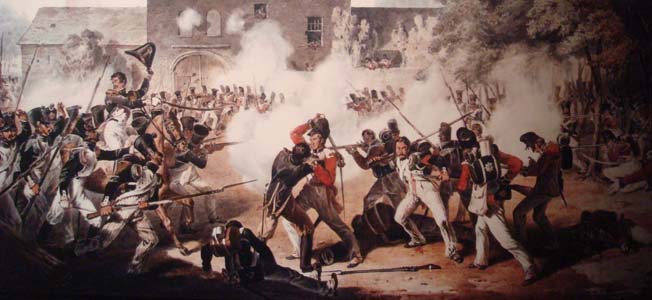
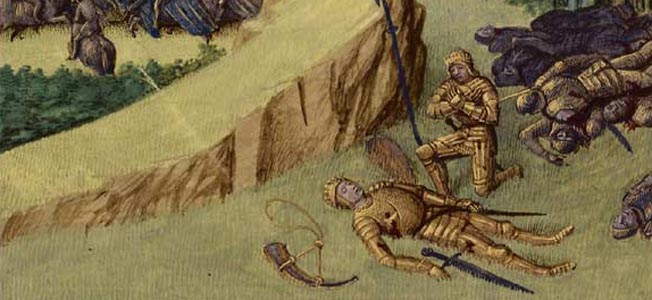
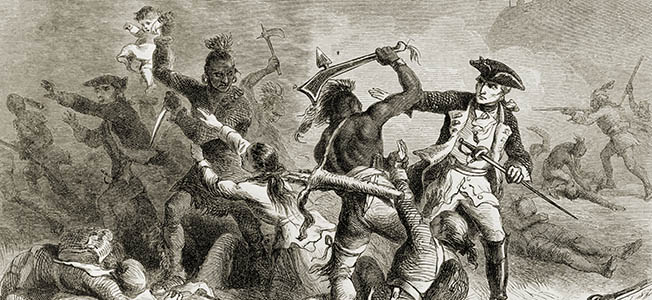
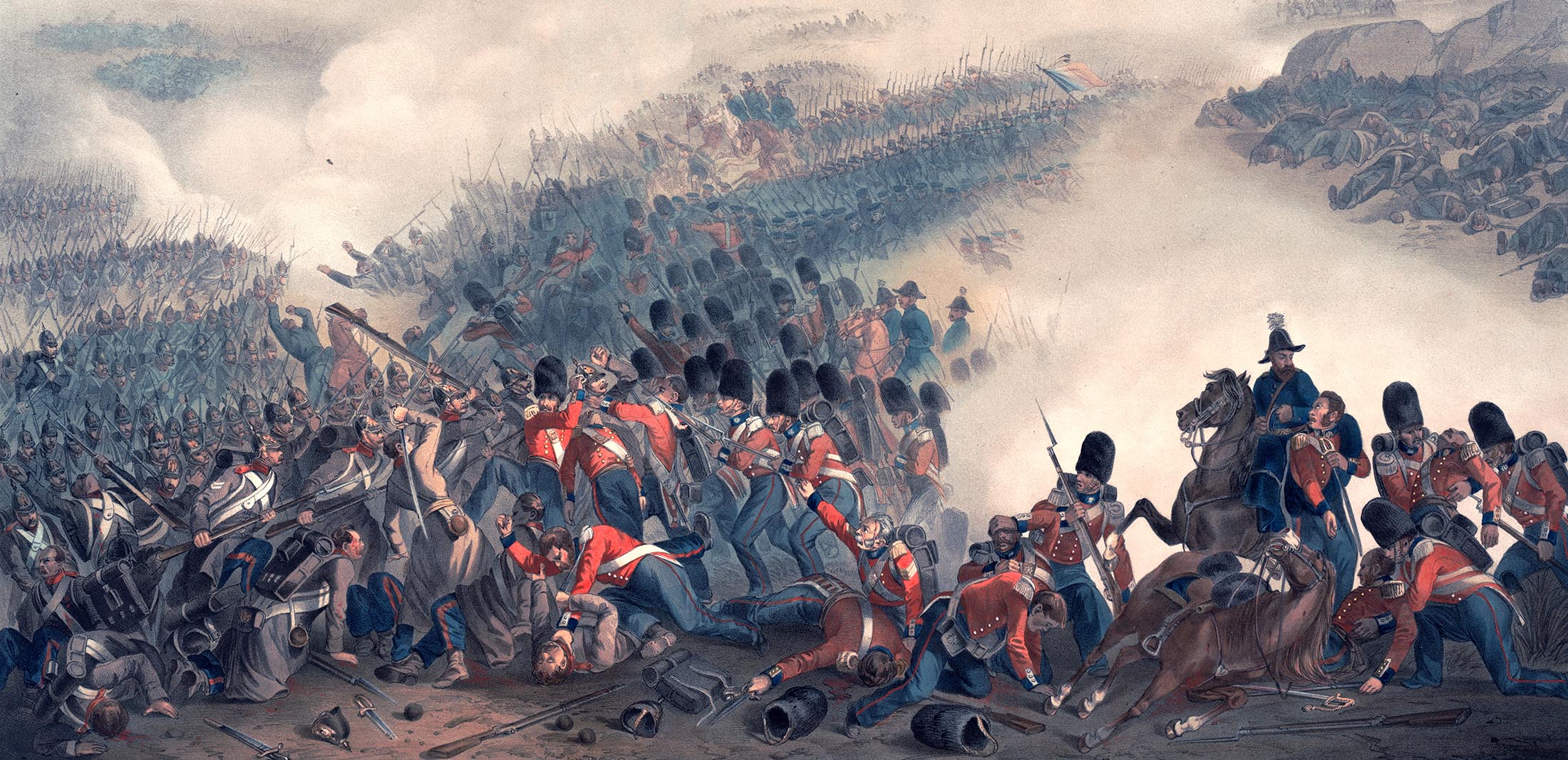
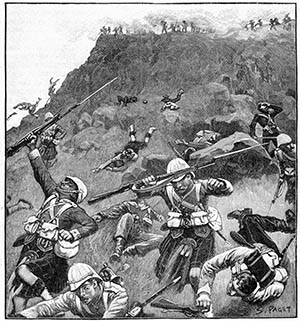

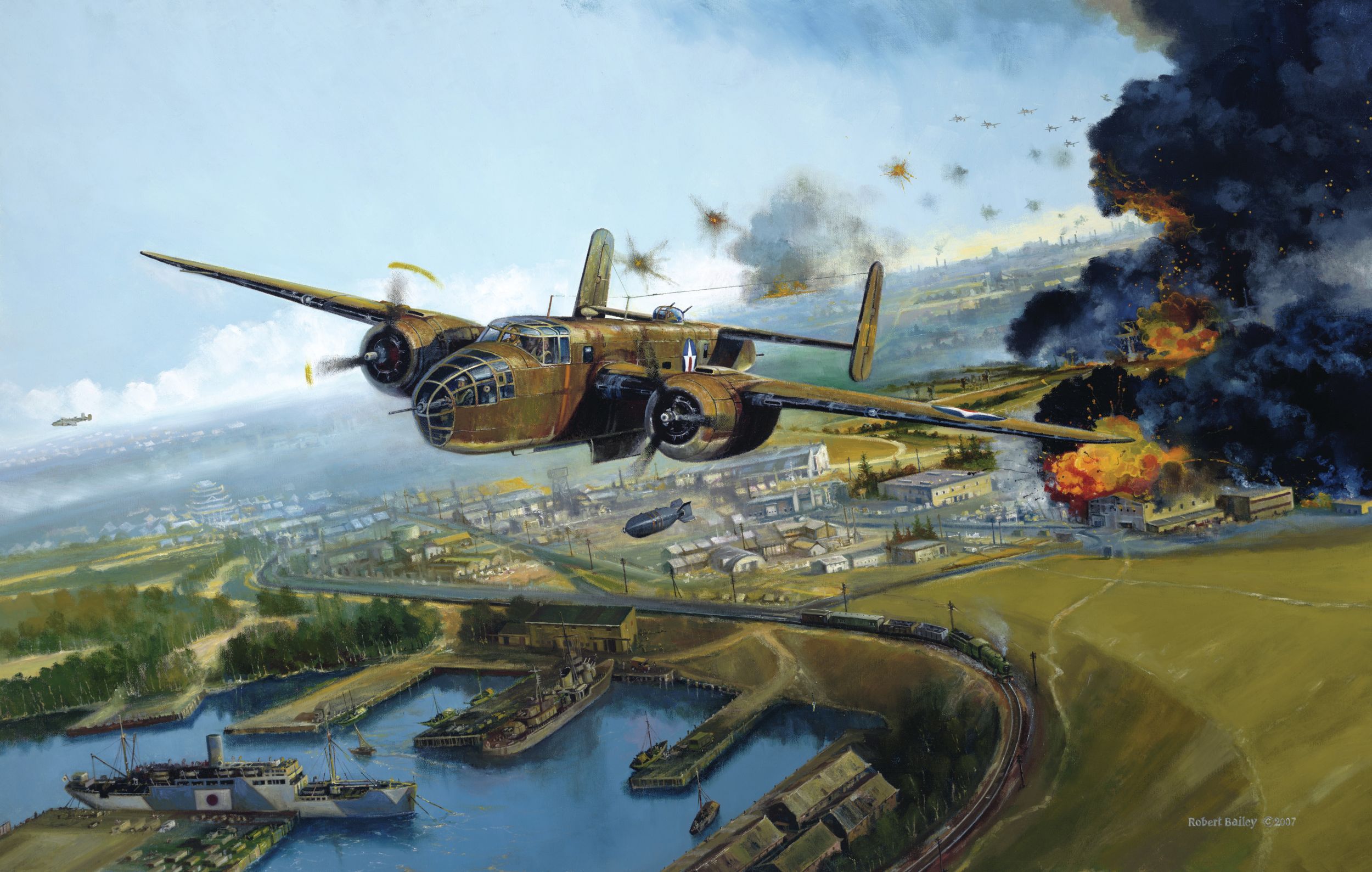
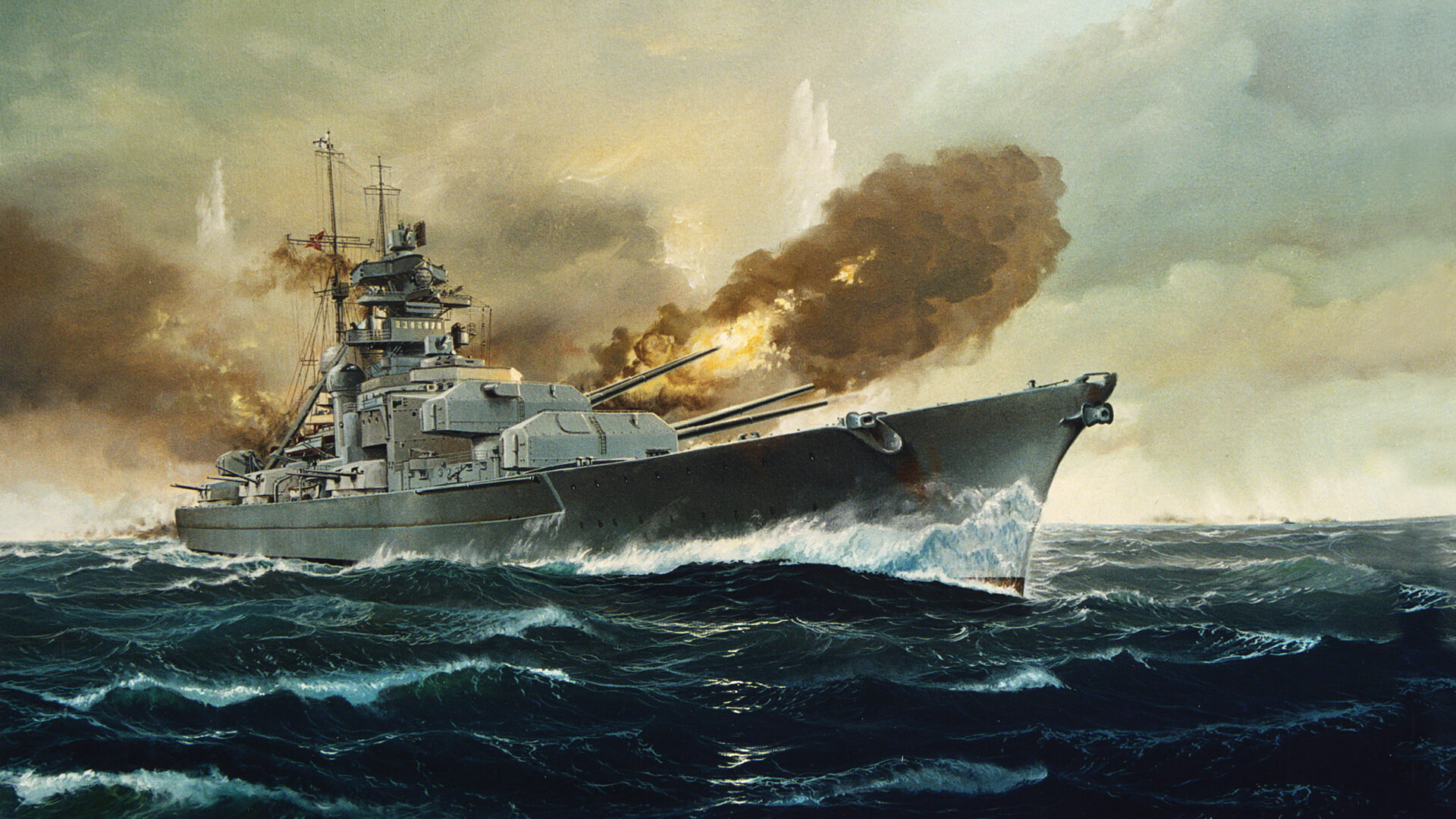
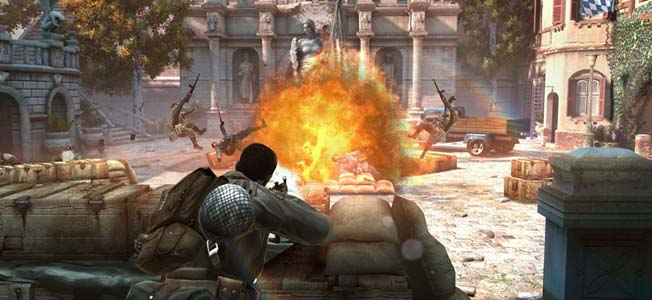
Join The Conversation
Comments
View All Comments